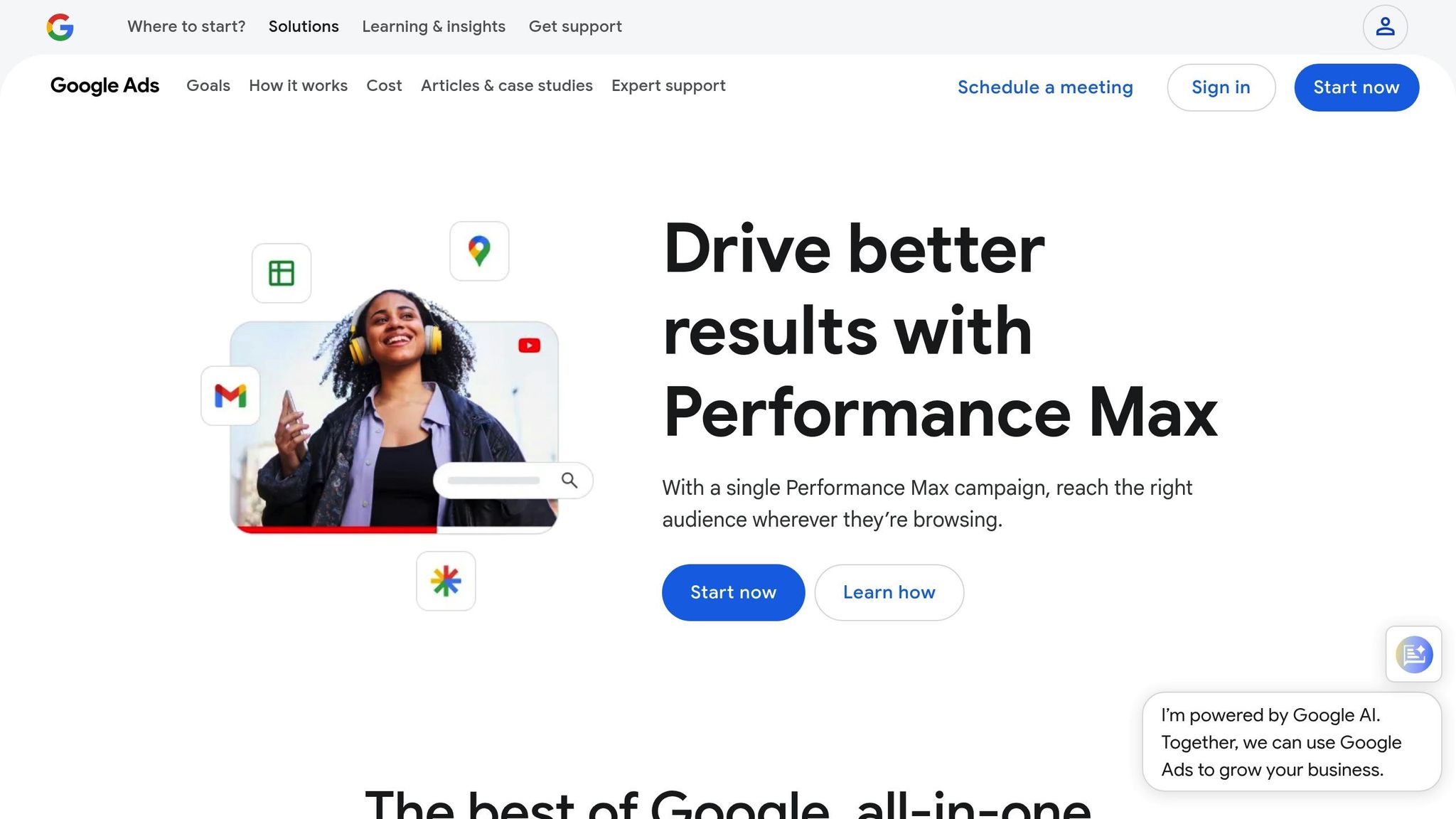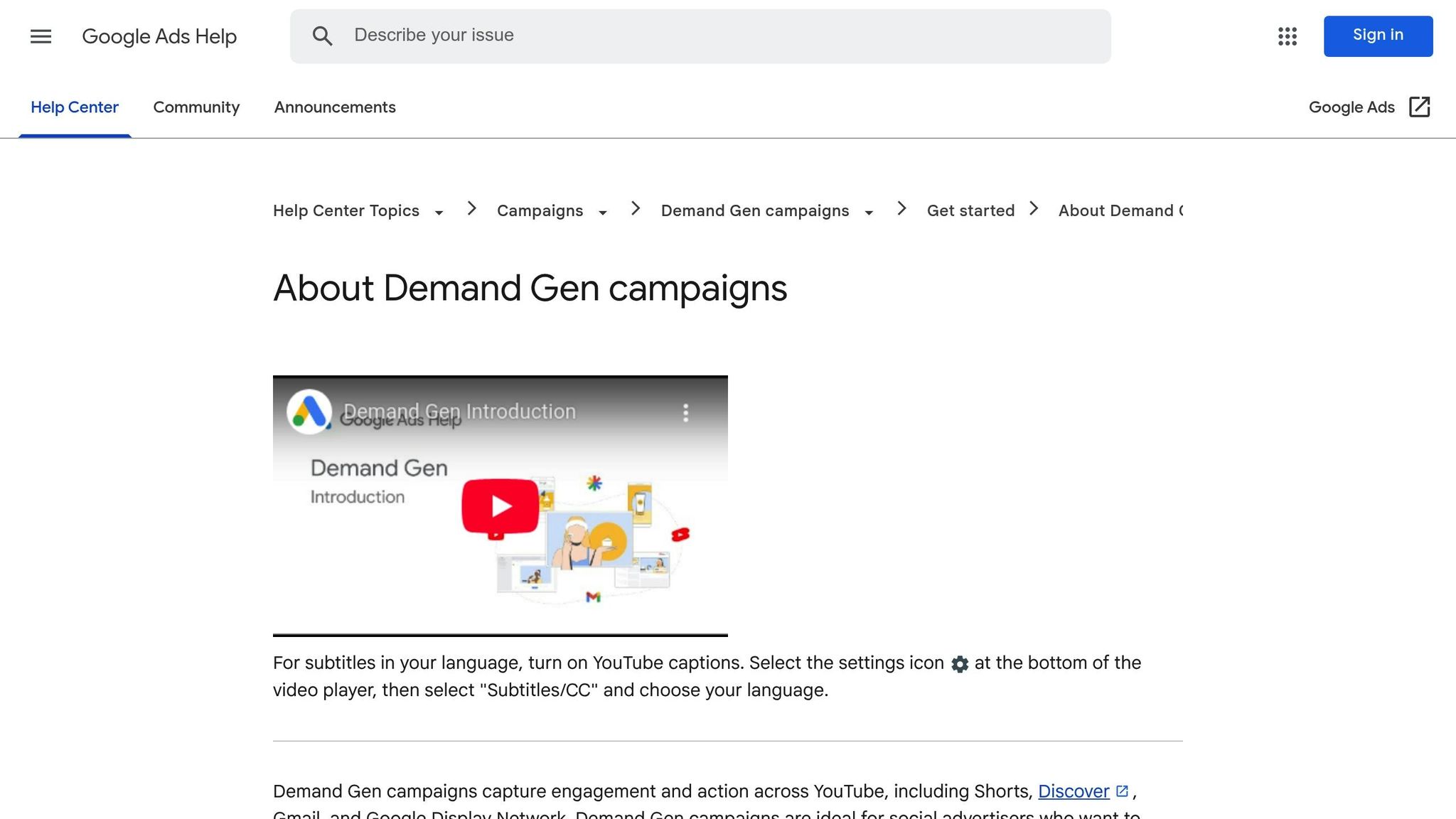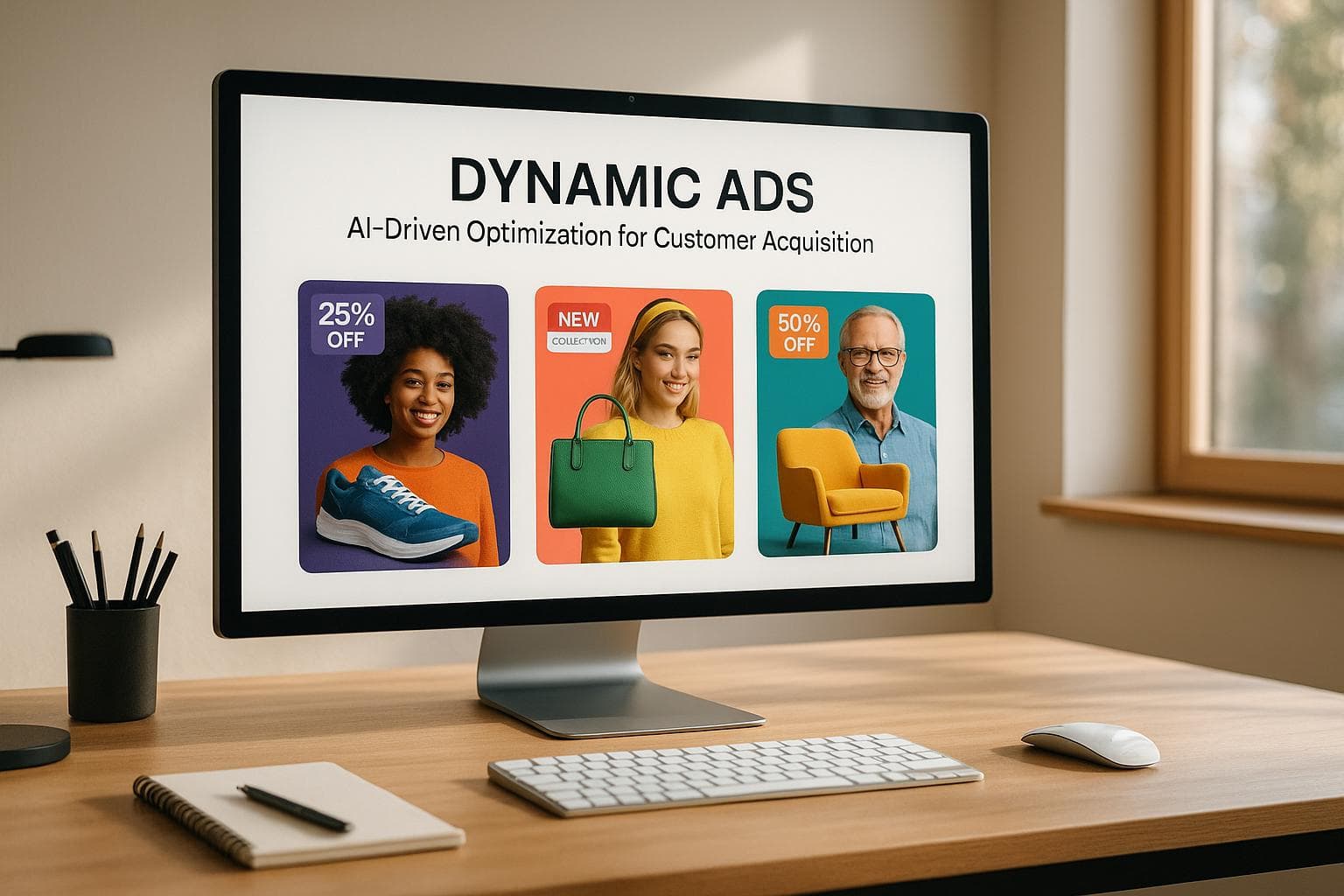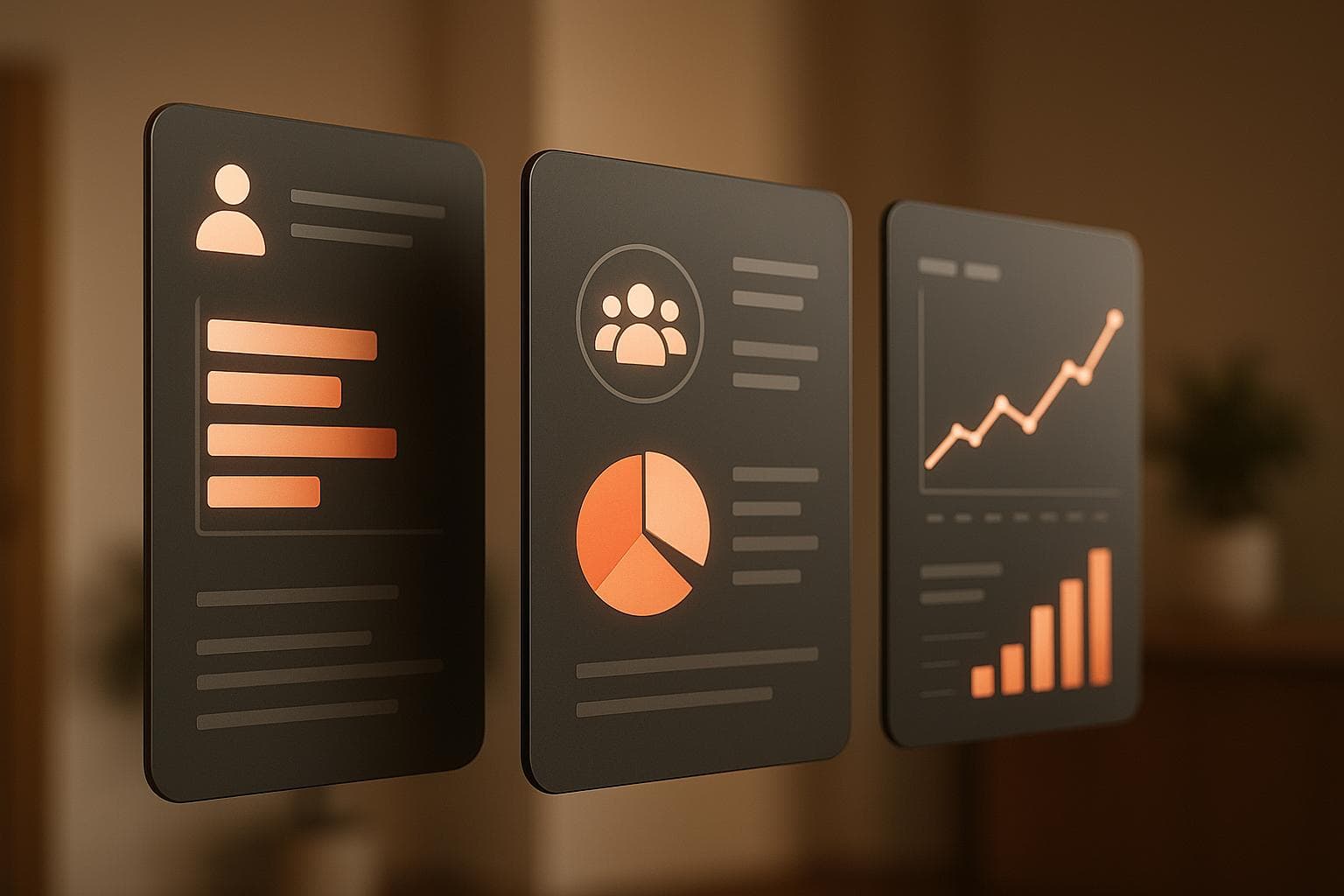How to Structure Google Ads for Ecommerce in 2025
Discover the best strategies to structure Google Ads for ecommerce in 2025. Learn key phases, campaign types, and optimizations for growth.
The world of e-commerce advertising is constantly evolving, and staying ahead requires a well-thought-out strategy that maximizes results across ad platforms. If you're a small-to-medium e-commerce business owner or marketer looking to scale your sales efficiently, structuring your Google Ads campaigns is essential. In this article, we’ll explore a three-phased approach to building and optimizing Google Ads campaigns for e-commerce in 2025, based on a proven framework. By the end, you'll have a clear roadmap to set up campaigns, expand your reach, and scale your efforts.
Why Campaign Structure Matters in 2025
Google Ads is increasingly reliant on machine learning and automation, but that doesn’t mean you can leave everything to the algorithm. A structured approach helps you:
- Stay in control of your ad spend.
- Clearly separate branded and non-branded traffic for cleaner data.
- Feed Google’s algorithm accurate data to optimize performance.
- Build on what works and strategically scale over time.
Let’s break this down into a three-phase strategy: Foundation, Expansion, and Scaling.
Phase 1: Laying the Foundation for Success
The first phase is all about building a solid foundation for your Google Ads account. Whether you're new to Google Ads or transitioning from other platforms like Facebook, this phase ensures your campaigns are structured in a way that sets you up for long-term success.
1. Start with Branded Search Campaigns
Branded search campaigns target people actively searching for your brand name. These campaigns are cost-effective and an excellent way to gather early conversion data. Here’s how to set them up:
- Why Branded Campaigns Are Important: They protect your brand from competitors bidding on your name and help feed Google’s algorithm valuable data.
- When to Use Them: If you have competitors targeting your brand or you’re just starting out, branded campaigns can provide quick wins.
- Best Practices:
- Use manual CPC bidding to control costs.
- Focus on exact match and phrase match keywords to avoid unrelated traffic.
- Include variations of your brand name, misspellings, and hero product terms.
- Keep the budget low - no more than 10% of your total ad spend.
2. Add Branded Shopping Campaigns
Branded shopping campaigns serve visually rich ads that include product images, prices, and store information. These campaigns are especially useful for showcasing bestsellers and protecting your brand on the Shopping network.
- How to Set Them Up:
- Use a low-priority setting to ensure branded queries flow to these campaigns first.
- Frontload product titles with your brand name to improve click-through rates (e.g., "Nike Vaporfly 3" instead of "Running Shoe for Men").
- Key Tip: These campaigns should mirror your branded search efforts, targeting the same keywords and audiences.
3. Introduce Non-Branded Shopping Campaigns
Non-branded shopping campaigns help you capture demand for product category searches. These campaigns are your first step to reaching customers who aren’t yet familiar with your brand.
- Best Practices:
- Start with high-priority settings to capture all relevant non-branded queries.
- Focus on your bestselling products rather than spreading your budget across your entire catalog.
- Exclude branded keywords to ensure a clean separation between traffic types.
Phase 2: Expanding Your Reach
Once your foundational campaigns are optimized and delivering positive results, it’s time to expand. Phase two focuses on broadening your audience, bringing in new customers, and re-engaging website visitors.
1. Build Non-Branded Search Campaigns
Non-branded search campaigns target product category or specific product queries (e.g., "best running shoes for marathons"). These campaigns help you expand beyond shopping ads and reach new audiences.
- How to Set Up Non-Branded Search:
- Use high-performing search terms from your non-branded shopping campaigns.
- Add these keywords as exact match or phrase match, avoiding broad match to maintain control.
- Segment ad groups by relevance, grouping closely related keywords together for more cohesive ad experiences.
- The Golden Rule: Relevance trumps all. Ensure a consistent experience from keyword to ad copy to landing page for better performance and lower costs.
2. Introduce Dynamic Remarketing Campaigns
Dynamic remarketing allows you to re-engage visitors who interacted with your website but didn’t purchase.
- What Makes Dynamic Remarketing Powerful:
- Ads are personalized to show users the exact products they viewed or added to their cart.
- These campaigns can run on Google’s Display Network, YouTube, or Performance Max.
- Key Tip: Focus on dynamic ads that deliver tailored, visually engaging product recommendations.
Phase 3: Scaling with Advanced Campaign Types
With a strong foundation and expanded reach, phase three is about scaling your efforts to achieve significant growth. This involves leveraging Google’s advanced campaign types and additional platforms.
1. Leverage Performance Max Campaigns

Performance Max campaigns are highly automated and encompass Shopping, Search, Display, Video, and more. They’re ideal for scaling because they allow you to reach customers across multiple touchpoints.
- How to Succeed with Performance Max:
- Exclude branded traffic to measure true performance.
- Start with a single campaign, focusing on your bestselling products and categories.
- Segment asset groups (not campaigns) by relevance for better targeting.
- Be patient - Performance Max relies heavily on machine learning and may take weeks to stabilize.
2. Add Demand Gen and YouTube Campaigns

Demand Gen (formerly Discovery) and YouTube campaigns allow you to test creative video ads and reach highly targeted audiences.
- Why Use Demand Gen and YouTube:
- These campaigns are excellent for scaling cold traffic and building awareness.
- They support advanced audience targeting, such as affinity audiences and in-market segments.
- Key Tips:
- Test different audiences and ad creatives, starting with high-performing Meta ads if applicable.
- Be prepared for longer learning periods (4–6 weeks) and focus on engagement metrics like watch time and click-through rates.
Key Takeaways
- Phase-Based Strategy: Build your Google Ads campaigns in three phases - Foundation (branded campaigns), Expansion (non-branded campaigns and remarketing), and Scaling (Performance Max and YouTube).
- Separate Branded vs. Non-Branded Traffic: Always maintain a clear delineation between these two types of campaigns for cleaner data and better decision-making.
- Focus on Bestsellers: Concentrate your budget on your top-performing products to maximize ROI.
- Use Manual Bidding Where Necessary: Maintain control over costs, especially in the early phases.
- Consolidate Data: Avoid over-segmenting campaigns, as Google’s machine learning thrives on larger data sets.
- Test and Iterate: Use dynamic remarketing and test new audiences and creatives on platforms like Demand Gen and YouTube.
- Be Patient: Scaling campaigns like Performance Max and YouTube take time to optimize - don’t expect overnight results.
Conclusion
Structuring your Google Ads campaigns effectively in 2025 isn’t just about leveraging the latest tools - it’s about adopting a strategic, phased approach to ensure steady growth. By starting with a solid foundation, expanding your reach methodically, and scaling with advanced campaign types, you’ll create a robust advertising ecosystem that delivers measurable results. Remember, success on Google Ads takes patience, data-driven decision-making, and a focus on relevance. Start small, optimize continuously, and scale confidently.
With this roadmap in hand, you're ready to take your e-commerce advertising to the next level. Dive in, structure your campaigns with intention, and watch your business grow sustainably. Happy advertising!
Source: "The BEST Google Ads Campaign Structure for 2025" - Dr. Liam from Vulcan | Google & YT Ads for Ecomm, YouTube, Jan 1, 1970 - https://www.youtube.com/watch?v=zTqe-00O0-c
Geoffrey G.










